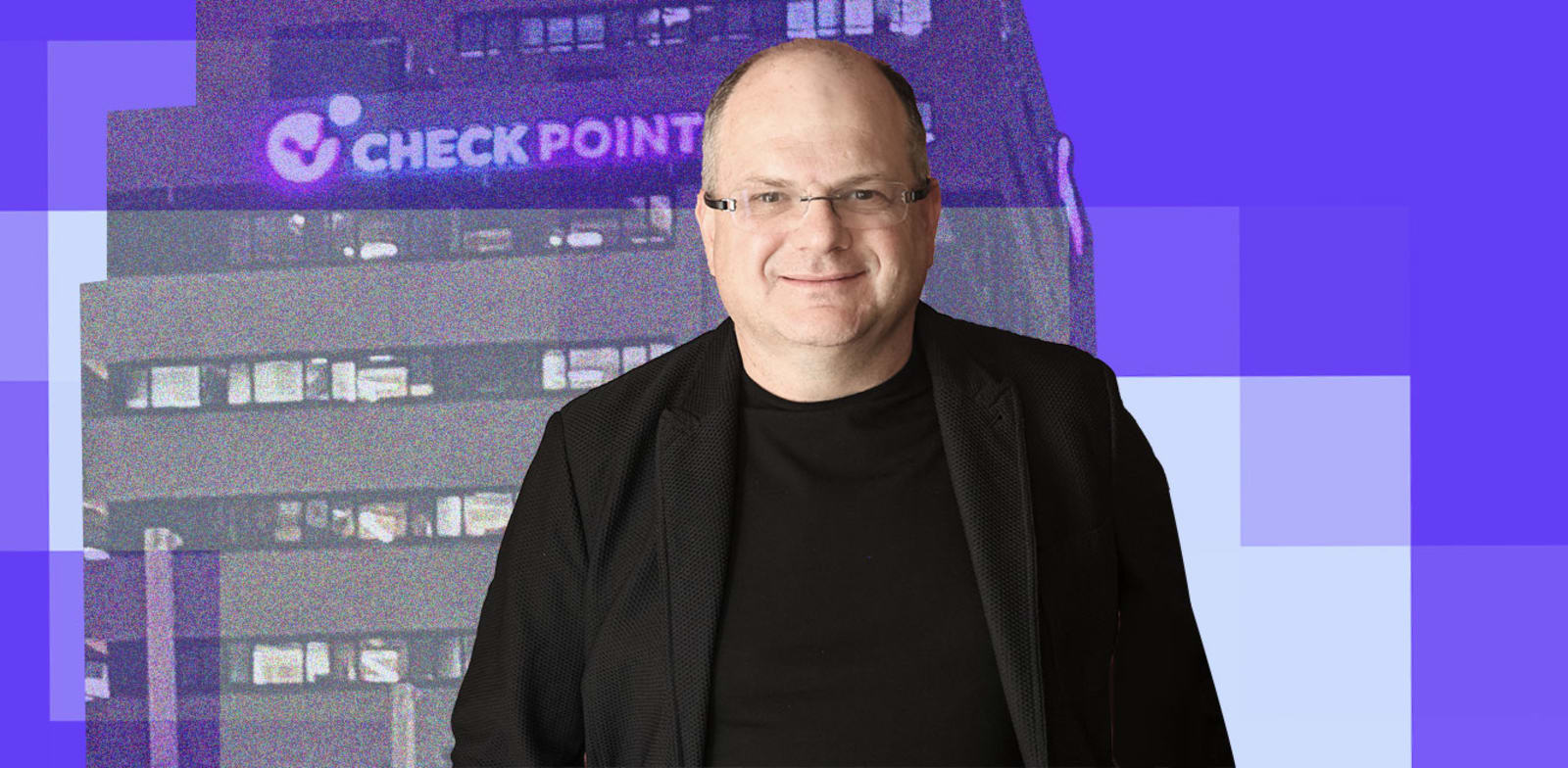Check Point, an Israeli cybersecurity company founded by Gil Shwed, has reported adjusted earnings per share of $2.04 in its latest quarter, beating analysts’ expectations by 13%. The company also experienced a 6% increase in revenues to $598.8 million compared to the previous quarter. This performance exceeded both analysts’ predictions and the company’s own forecast, which expected adjusted earnings of $2 per share on revenues of $594.9 million.
Looking ahead, Check Point is expected to release its forecast for the next quarter at 16:00, with analysts anticipating an adjusted profit of $2.16 per share on revenues of $623.3 million. Despite strong revenue growth, the company’s cash reserves decreased to $3.04 billion compared to the corresponding quarter, and its cash flow was also lower at $361 million due to increased operating expenses and share buybacks worth $325 million.
Gil Shwed, the founder and CEO of Check Point, highlighted the company’s strong performance in the first quarter and announced his retirement after more than 30 years in the role. He mentioned new technologies such as Quantum Force and Harmony SaaS that enhance Check Point’s cybersecurity offerings. Shwed owns over a quarter of Check Point’s shares valued at over $4.6 billion and currently earns a total salary of 17.9 million dollars annually with a market value of approximately $18.2 billion.
Check Point currently employs around 6,450 people with a 6% increase in Israel’s number of employees compared to last year.
In conclusion, Check Point’s strong performance and leadership transition mark a significant milestone for the company as it continues to innovate and grow in the cybersecurity sector while facing some challenges like reduced cash reserves and increased operating expenses from implementing new technologies or increasing employee numbers.


